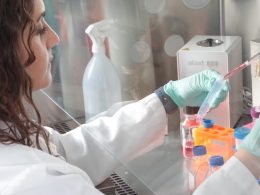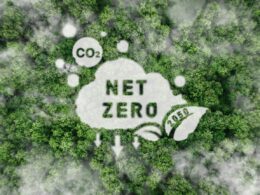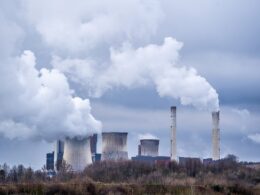Amazon Web Services (AWS) has joined forces with Dutch non-profit The Ocean Cleanup to harness artificial intelligence and cloud computing in the fight against marine plastic pollution. The partnership, announced in July, aims to speed up efforts to tackle the Great Pacific Garbage Patch, with The Ocean Cleanup targeting the removal of 90% of floating ocean plastic by 2040.
The Ocean Cleanup estimates that around 220 million pounds of plastic drift within the Garbage Patch — enough to fill 50 Amazon fulfilment centres. The non-profit’s work is intended not only to protect marine life and ecosystems but also to prevent plastics breaking down and entering the global food chain.
Under the collaboration, AWS is providing machine learning models and high-performance computing tools capable of analysing satellite, drone and sensor data to map the distribution and movement of plastic debris in near real time. By predicting accumulation patterns and guiding clean-up vessels to the most affected areas, the technology is expected to make operations more efficient and impactful.
“By working with AWS, we can better locate plastic hotspots, optimise our cleanup operations, and ensure we are protecting marine ecosystems while removing harmful debris,” said Boyan Slat, founder and chief executive of The Ocean Cleanup. The organisation has already removed 64 million pounds of trash from the world’s oceans.
Amazon’s chief technology officer, Dr Werner Vogels, described the initiative as “a blueprint for how technology can address critical environmental challenges across the globe”.
The collaboration also extends to marine life protection, with AI tools being deployed to help detect and safeguard wildlife during operations. In addition, AWS’s cloud and edge computing systems are being used to generate precise navigation routes for vessels and to expand the non-profit’s marine detection systems.





















